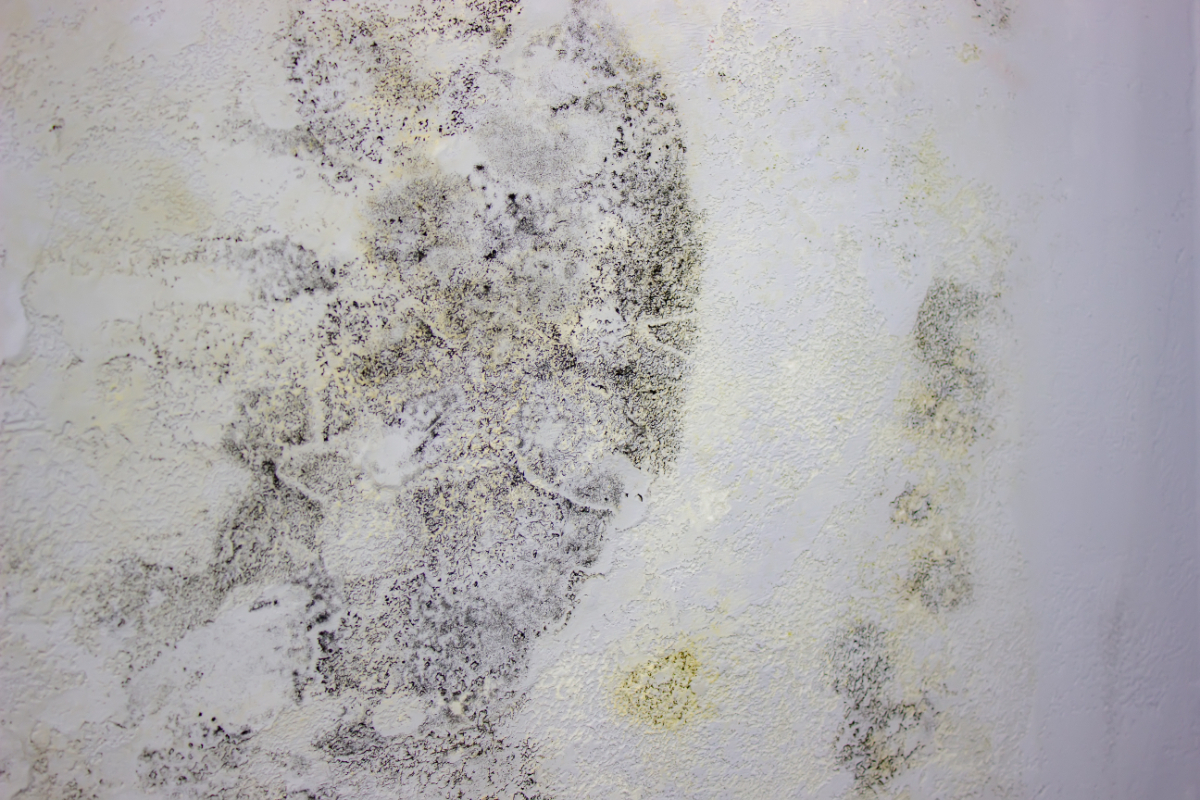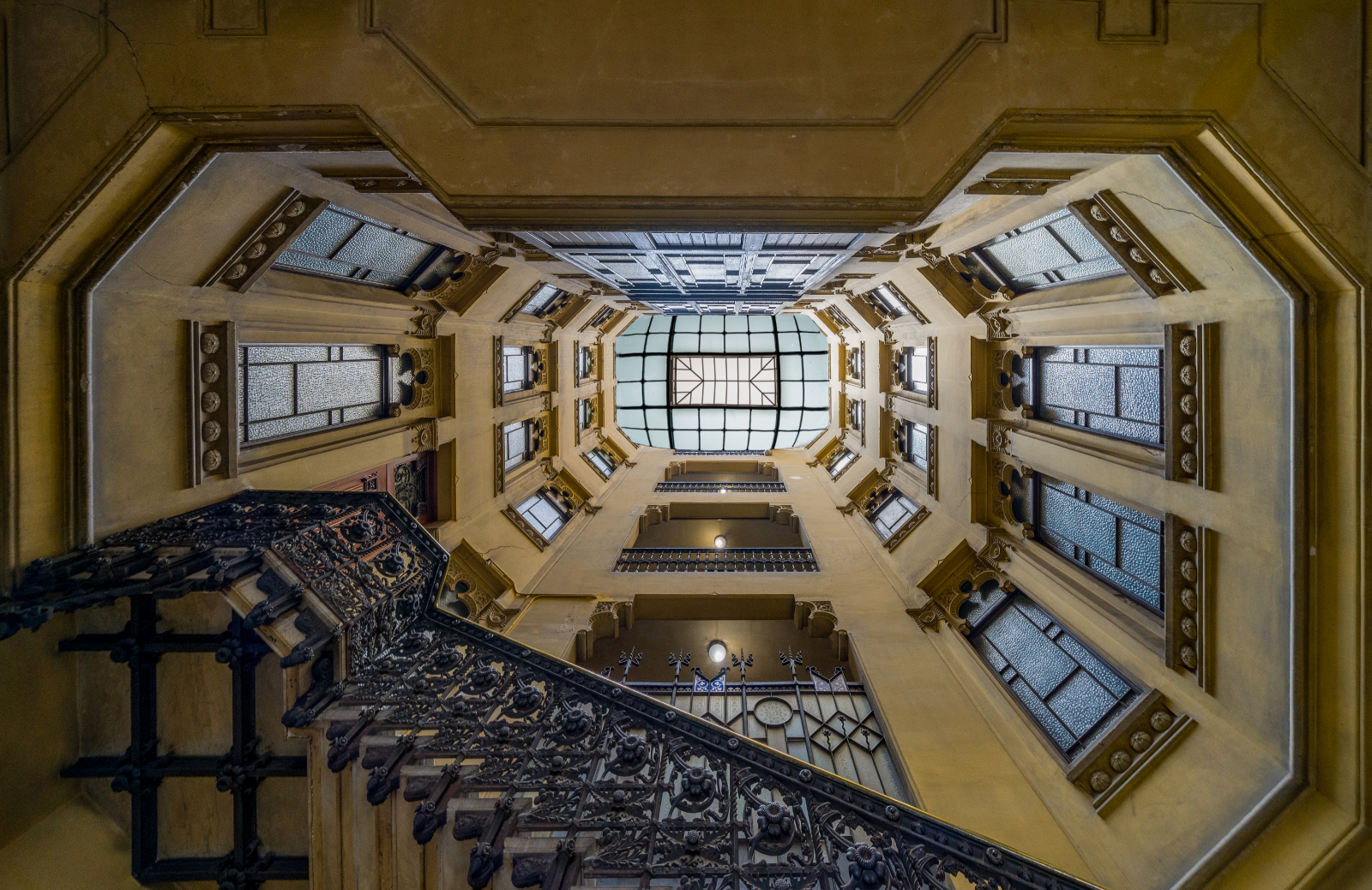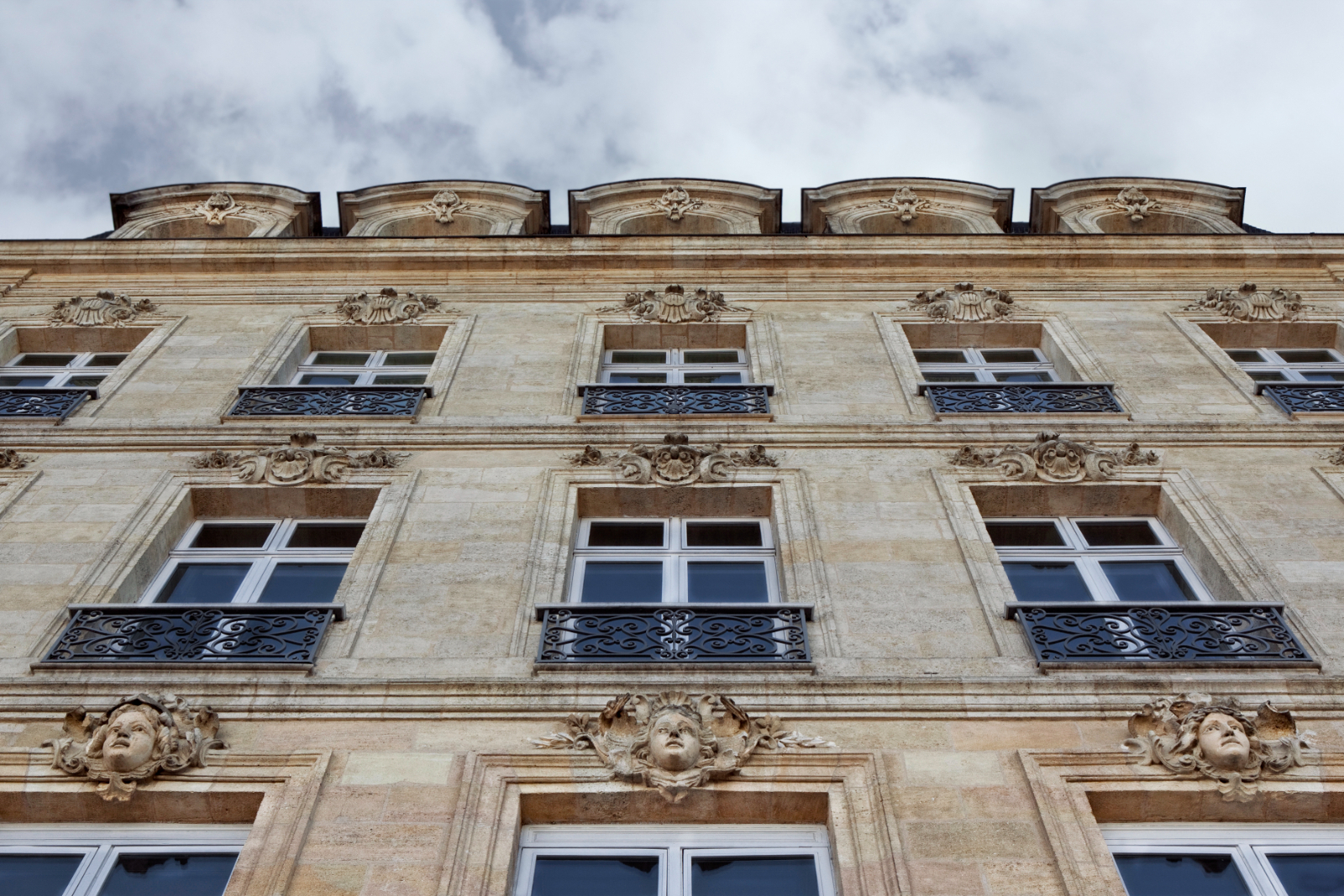How does damp effect listed buildings? Find out more about damp management in period buildings.
Damp in Listed Buildings
The conservation approach to old structures is to make as few changes as possible, which may not necessarily meet current comfort standards. Damp structures endanger the health of the residents as well as the fabric of the building. This is especially important for listed structures. Humans like relative humidity (RH) levels ranging from 30 to 60 percent.
Our health suffers when we are in a humid environment; given the UK's stock of older buildings and damp climate, dangerously high levels of dampness and humidity are sadly widespread. The United Kingdom has unusually high rates of paediatric asthma and other disorders connected with germs and spores that flourish in humid environments.
Dampness is not only unattractive and unhealthy, but it also damages structures by causing rot. This occurs in both apparent materials such as wood, textiles, and plaster, as well as less evident elements such as rapid deterioration of mortar and even stone and bricks.
If a stone or clay product becomes saturated with water in the UK's fluctuating environment, the face of the block or brick may spill off, exposing the less dense and robust core structure. As a result, dampness harms both our health and the health of our historic structures; while you cannot regulate climatic humidity, you may alleviate many of the negative impacts of dampness and condensation.
What Is Causing The Damp?
The three forms of damp are condensation, rising damp, and penetrating damp, and they are all brought on by different factors.
In particular, in listed structures where the original design and construction would not satisfy contemporary requirements, architectural flaws, poor construction, and poor property upkeep are all problems. These issues frequently go undiagnosed for years as the harm slowly worsens.
Regular inspections can prevent these issues, especially for vulnerable areas like downpipes and hidden gutters. Damp can result in wood decay and insect attack. When wood becomes extremely damp, with a moisture content of around 20%, it can draw insects like wood-boring beetles and also cause dry rot and wet rot. Where the problem is left undetected for an extended period of time, it can result in serious structural damage.
What Are The Consequences Of Damp?

If not addressed, rising moisture can drastically damage the construction of a building. The cost of damp-proofing will be cheaper when compared to the probable need to replace the interior and external fabric of the property.
A raised flower bed against a wall, for example, may cause dirt to pile up above the DPC level; in this case, moisture from the ground would bridge the DPC and then enter and ascend up the walls of your property from the soil level. Increasing damp may harm decorations, and plaster, and cause rot to the wood in your property.
In actuality, damp can typically reach a height of 1.0m above ground level, although it can go higher for a variety of reasons. If you are concerned about growing damp in your home, you should call an expert as soon as possible.
Damp-Proofing Listed Buildings:
Listed buildings are popular with firms that want to have an office in a well-known, prominent site. Nevertheless, converting historic structures requires close coordination among architects, engineers, surveyors, and owners to ensure that damp concerns are never a problem.
These constructions have been exposed to the elements for a long time, and poor design detail might result in long-term damage that must be repaired.
The best course of action is to identify a damp issue early and address it before it causes too much harm; fortunately, there are numerous warning signals to look out for.
On walls, dampness results in discolouration, black blotches, stains, and even mould development. In small, poorly ventilated spaces, it usually comes with an overt musty odour. Some typical signs include deteriorating wall plaster and degraded skirting boards. The main types of wet to watch out for are condensation, rising damp, and penetrating damp.
Condensation in Listed Buildings
As moisture evaporating into the air condenses on a cold surface, such as an outside wall, condensation takes place. While condensation is the most prevalent damp problem in a building, preventing it requires a change in habits, such as maintaining rooms at an even, moderate temperature and opening the windows to increase ventilation.
It is most prevalent between October and April and can be found in properties of any age, size, or design. It may be more advantageous to manage and regulate condensation utilising sophisticated condensation management techniques, such as installing a heat recovery or positive input ventilation unit. To some individuals, this may seem counterintuitive.
Rising Damp in Listed Buildings
Rising damp may impact any type of masonry, but porous building materials like brick and sandstone are more vulnerable because damp is driven upwards through a structure's mortar and masonry by capillarity.
Beginning in the 1900s, a damp proof course, also known as a DPC, was built for the majority of UK buildings to function as a horizontal barrier to rising water. This may not be the case if you are maintaining an older structure since it was either not designed with a damp proof course or the one that was there collapsed.
Penetrating Damp in Listed Buildings
Penetrating damp is most commonly produced by prevailing winds, which may push rain into the brickwork, and is most noticeable in structures with solid rather than hollow walls.
Defective pointing, gaps around windows, leaking roofs and gutters, and even flower beds backed up against the side of a building can all contribute to moisture entering the structure. The most efficient technique to prevent a property from penetrating damp is to first correct such flaws and then apply a breathable water-repellent cream to the property's exterior.
Drying-Out Times For Damp Walls
Wet walls after treatment are typically recognised to have a level of residual dampness and to dry in the range of 1 month per inch thickness of the walls. It means the walls in question here might take years to dry even once a good damp-proof course is installed, and you know how likely that is. Since Newtonite is reversible, it is appropriate for listed structures.
Once applied to the damp wall (usually up to at least 1m, which is generally accepted as the extent to which dampness will rise), the membrane allows any moisture in the wall to evaporate into the air gap but, because it is free to move unhindered, it is not pushed to adjacent areas or higher up the wall and, unlike any damp proof course, the membrane will provide an impermeable separation barrier between the damp wall and the new wall finish that is permanently effective. Plastered finish and dab fastened plasterboard, battens or dry lining framework and plasterboard offer the normal aesthetic appeal and endurance to the space.

Creating An Air Gap To Allow Ventilation
This type of damp proofing provides a physical separation barrier that is mechanically fixed internally to the affected areas, and the air gap provided by the stud of the membrane allows the wall to 'breathe', allowing dampness to move unhindered in all directions.
It does not change the status quo of the walls or push dampness to other areas, and it is not subject to guesswork application like the alternative chemical injection processes.
Conforming to Conservation Authorities
Damp-proof membranes nearly often meet the conservation authorities' standards for usage on historic structures and have been employed on numerous grade I, II, and III listed buildings because they enable the walls to 'breathe'. may be curtain-hung inside a framework and are regarded reversible.
In reality, the Property Care Association (PCA), the UK's damp proofing industry trade association, states in its code of conduct that for any wall with a clearance of 400mm, other damp proofing methods should be explored rather than a chemical damp proof course.
To find out more information about our listed building restoration work, please call us today on 01889 504219 or forward your enquiry using our contact form.
